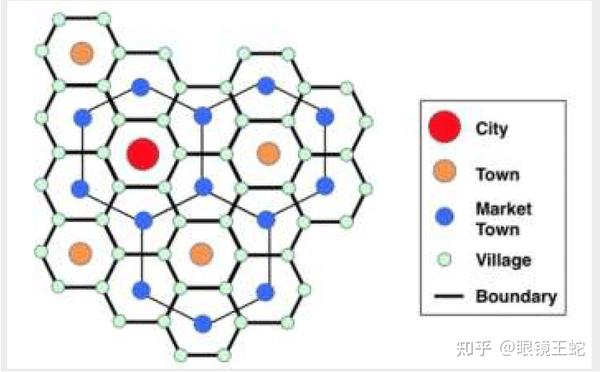


Completely different forms of use, as e.g. They usually elude the division in functionally specialised zones that is conventionally applied in urban geography. Desakota regions are characterised by high mobility of goods and services and rapid change in patterns of settlement. Given their rambling extent and indistinct boundaries, the emergence of Desakota regions brings difficulties for the administration, as uniform plans, regulations or designs are hardly viable. These criteria are: developed transport networks, high population mobility, increasing activity outside the agricultural sector, the coexistence of many different forms of land use, more female participation in paid labour, and unregulated land use. They are characterised by high population density and intensive agricultural use (especially wet-rice cultivation), but differ from densely populated rural areas by more urban-like characteristics. They often sprawl alongside arterial and communication roads, sometimes from one agglomeration to the next. more than 30 to 50 km (18 to 30 miles) off the city centre. Characteristics ĭesakota areas are situated outside the periurban zones, from which daily commuting is easily possible, i.e. Outside South East Asia, areas with comparable features have been described in mainland China, India, Nepal, Japan, Taiwan, and South Korea. Examples can be found in the urbanised regions of Java, the densely populated, delta-shaped areas on the peripheries of the Jakarta agglomeration (" Jabodetabek"), but also the extended metropolitan regions of Bangkok or Manila.

ĭesakota areas typically occur in Asia, especially South East Asia. It comes from Indonesian desa " village" and kota " city". The term was coined by the urban researcher Terry McGee of the University of British Columbia around 1990. Baiyun is well-known by the locals as a desakota area in Guangzhou.ĭesakota is a term used in urban geography used to describe areas in the extended surroundings of large cities, in which urban and agricultural forms of land use and settlement coexist and are intensively intermingled. An urban fringe village located in Baiyun District, Guangzhou, China. Term used in urban geography Satellite image of the Bangkok Metropolitan Region: The urbanized areas on the edges and along the arterial roads are desakota spaces.


 0 kommentar(er)
0 kommentar(er)
